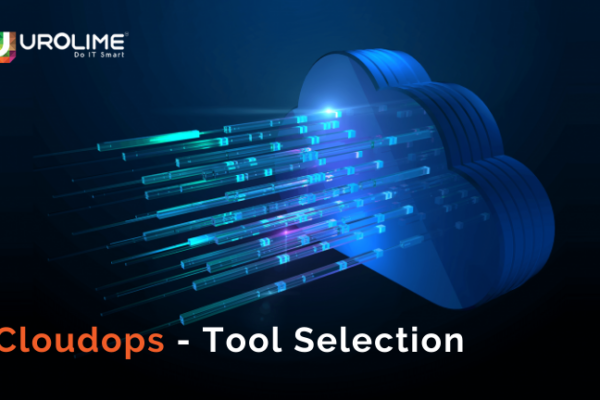Multicloud is the use of cloud computing and storage services from two or more cloud providers in a single network architecture. It can be a combination of platforms across a private data center, private cloud, co-location and public cloud. This approach rely on several cloud services, from Infrastructure-as-a-Service (IaaS) to Software-as-a-Service (SaaS)
Multicloud is less about what’s in the individual clouds, and more about the technologies that sit above and between. Using different providers like Google, AWS or Azure means the organization can match the right workload with the right cloud based on unique requirements for performance, data location, scalability and compliance.
Most think of multicloud as an architecture that leverages plural public and/or private clouds at the same time, in support of best-of-breed cloud services. In other words, we use multicloud as a path to access the cloud services that are the best fit.
The common misconception of multicloud is that it is an architecture that leverages multiple public and/or private clouds at the same time to access the cloud services that are the best fit. But the design and deployment of multicloud-based architectures is really not about the underlying clouds. There are a few reasons for this:
- Technology to manage multiclouds should sit above and separate from the cloud-native resources it is managing.
The mistakes in the past was to use tools and technology required for each cloud services provider in a multicloud configuration. Using specific tools for each specific cloud leads to too much complexity, and the operational costs of running a multicloud deployment that has excessive complexity will be high.
Organizations usually deploy a lot of tools for AIops, identity and access management, network monitoring, metadata management, etc. But when deploying multiclouds, it’s always better to leverage technology that spans the clouds and it should not be limited to operating a single branded platform.
- Cloud services providers are becoming abstractable.
Organizations can access storage systems, databases, platforms, or even security systems through common interfaces that remove us from having to deal with all of the cloud-native interfaces for the specific providers in the multicloud environment. Even though this has become common in the near past, it really did not work well until this year.
The idea is that if you can look at several very different cloud service providers using abstraction (such as abstraction of cloudops using AIops tools, or abstraction of development and security using devsecops tools) you’ll be able to leverage those clouds as similar resources that span the clouds. A common notion of data storage, process integration, orchestration, etc., makes multicloud much more simple and thus valuable.
So, the summary is, the focus on multicloud shouldn’t be about how individual cloud services providers play a role, it should be about the software, tools, and other technology that sit above those cloud resources to make multiclouds viable for most enterprises. This means the multicloud approach is no longer about deploying multiple cloud providers, but it is all about configuring technology into a multicloud solution. Make use of an experienced cloud & managed service provider to undertstand the right approach for multicloud deployment.
![]()






